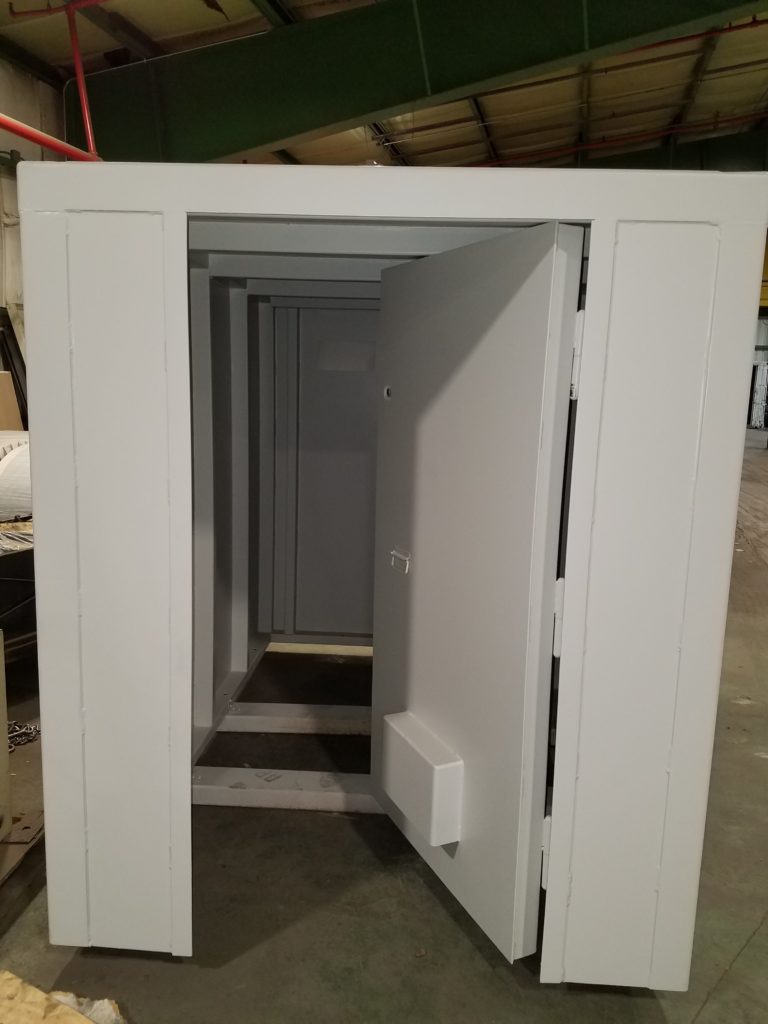Do you remember that sixth grade science experiment with those two liter bottles used to demonstrate the awesome power of a tornado? By filling one with water and taping the bottles together at the opening, your nerdy science teacher (with the pocket protector wide brimmed 80s glasses) could imitate the basic principles of a tornado with the simple flick of the wrist. Relying on the simple forces of gravity, the funneled water rushed to the narrow opening of the bottles as a swirling vortex took form. After picking your collective jaws from the floor, this once jaded and cynical science teacher capitalizes on your ever fleeting attention spans to try to drive a few key points home about tornadoes and their destructive forces of nature. For one, tornadoes are unlike any other weather event. Second, while rare, tornadoes are inherently dangerous and can form with little to no warning. While the science experiment was crude in application, it did underscore the raw intensity of Mother Nature. But for a more scientific breakdown and complete understanding of the forces at play, let’s examine how does a tornado form?
A Perfect Storm?

Contrary to the millions of YouTube videos depicting otherwise, tornadoes don’t just form out of thin air although colliding air masses is certainly part of that equation. Like any powerful machine or industrial piece of equipment, tornadoes need an steady fuel source. You can think of a tornado like a nuclear bomb, which by the way, we also offer superior optimal protection from. Warm humid air is the plutonium fuel source, which is pushed over the colder denser air. Working skywards like a spiraling staircase, the warmer air rises, creating an updraft. This permeating air shaft will then begin to rotate as the lashing pinwheeling winds begin to pick up speed and momentum. As the shaft rotates and continues to draw in more moisture, the rotation speed quickly increases. Water droplets will then begin to form a funnel cloud before it descends from the ground to strike the unknowing inhabitants below like a sleepy meteorologic giant. That’s obviously a little more complicated than the oversimplified Coke bottle experiment, but the principle of utilizing the raw power of physics and unyielding forces apply to both scenarios.
What Makes Tornadoes So Dangerous?
Tornadoes are like a wildfire. They can strike almost anytime when conditions are just right. And like a wildfire, they tend to do the most harm on those who remain woefully unprepared. For some unknown reason that still baffle scientists, most of the south’s most dangerous tornadoes tend to happen in the dead of night when everyone is typically asleep in their most vulnerable state. Tornadoes also strike with little to no advance warning. Although meteorologists have become astute observers of Mother Nature and changing weather patterns by forecasting tornado watches for large swaths of area, pinpointing warnings for small communities that occupy only a small dot on a map is a daunting task to say the least. Simply put, forecasters can’t be everywhere at once in game planning tornado scenarios for every single neighborhood whenever a storm system rolls through. By the time a tornado warning flashes across your smartphone, you only have a few crucial minutes to make it to safety.
Guaranteed Steel Protection

There are no guarantees in life, especially when it comes to outsmarting Mother Nature – it simply can’t be done. You can however hedge your bets so to speak in invest in an aboveground safe room, which gives you and your family the best chance of surviving a direct tornado strike. Comprised of reinforced steel welds and thick sheet paneling, our tornado shelters can withstand pulverizing windspeeds of 250 miles per hour and whatever projectile debris might come your way. They’re up to the task of protecting what matters most. We’ve even vetted the structural integrity of our storm shelters by letting the kind folks at the Wind Institute Institute at Texas Tech University throw everything imaginable at these steel juggernauts. Take a look at the video below to see how they performed.